Participations in the Exhibitions:
The Arts Exhibition, the Maeil Daily Press, 1993. (Won the award of the sponsor.)
The Beautiful Seoul" Exhibition Commemorating the 6th Centennial of Seoul at the Seoul Munipal Arts Center, 1993,
The Japanese International Fine Arts Exhibition, Tokyo, 1994.
The Korean Artists' Exhibition at Ulan Bator, 1994. Invied by the Mongolian Government.
The 50th Anniversary Exhibition, E Wha Women's University, 1995,
The Seoul Sam Saek (Three Colors) Exhibition, 1995,
The 17th Korea H. M. A, Association Exhibition-The lnternational Arts Exhibition of the
Award-Winning Painters under the International Exchange Program, 1996.
The Contemporary Women Artists' Exhibition, 1996.
The Arts Exhibition for Charity at Taegu, 1996.
The 28th International Exhibition 0f the Japanese Academy of Fine Arts, Tokyo, 1996.
(Won the Gold Medal)
A Yeon Association Exhibition. 1994. 1997.
The Mook Jae Exhibition, 1997.
The Reverend Han Kyong Jik Memorial Exhibition, 1997.
The Korean Contemporary Paintings Exhibition in Roumania, 1997.
Invied by the Roumanian Government.
The 18th Korean H. M. A, Association Exhibition: Co-Sponsored by the Japanes Academy of Fine Arts, 1997.
The Turkey-Korean Contemporary Arts Exhibition, 1997,
Invited by the Turkish Government,
The Exhibition of Noted Contemporary Artists, 1997.
Included in The Encyclopedia of Techniques 0f Contemporary Korean paintings,
seoul: Yehlim Publisher, 1997,
The 29th International Exhibition 0f the japanese Academy of Fine Arts, Tokyo, 1997
(Won the Special Award.)
lncluded in the Korean Art Annual, Seoul: Hankook Misul Yeongamsa, 1997.
The New Art Festival of the Invited Painters. l997, 1998.
the Exhibiton for the Spirit and Evaluation of Mook (Black Ink), 1998.
The 19th Korean H. M. A. Association Exhibition: Korean-japanese Exchange Exhibition,
Co-sponsored with the Japanes Academy of Fine Arts, 1998,
The Seoul New Salon Exhibition, l998
The Korean Fine Arts Association Exhibition, 1994, 1995, 1996, 1997, 1998.
Included in the Book, The Spirit of Korean Fine Arts, Seoul: Atelie-Sa, 1998,
The Seoul Grand Pallas Exhibition, 1998.
The Gallery Art Fair of 1998
The Vietnam-Korean Exhibition, 1999. Invied by the Vietnames Consulate General in Seoul.
The New Millenium Exhibition: The World Famous Artist lnvitational Show.
at the Cho Hyung Callery, 1999.
Participated in other exhibitions held in the United States, Japan, China, lndia, Arabia, Mongolia, and Uzbekistan.
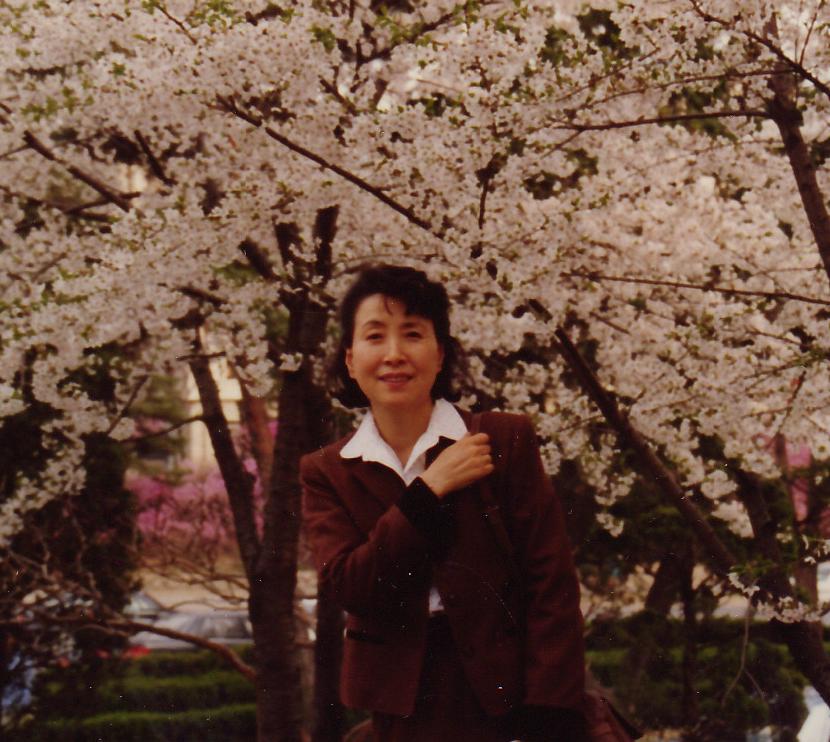
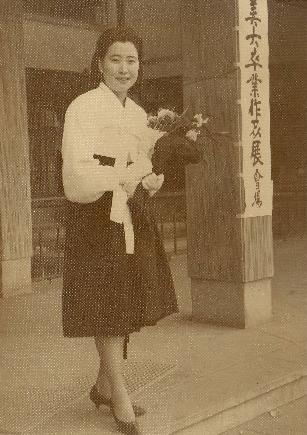


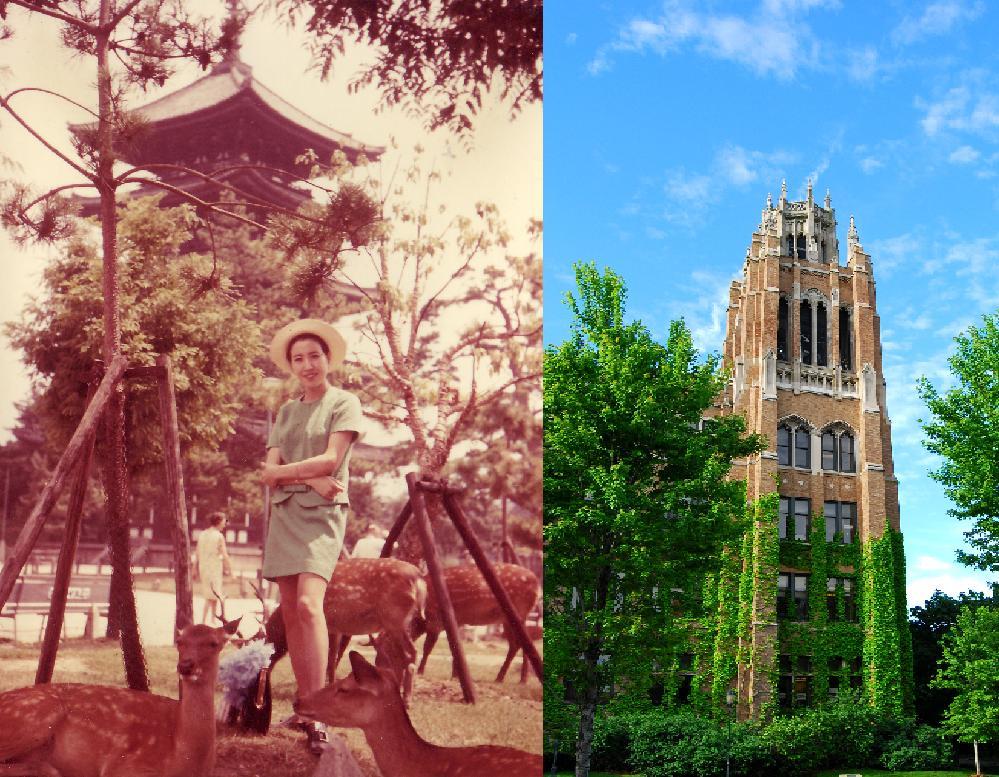
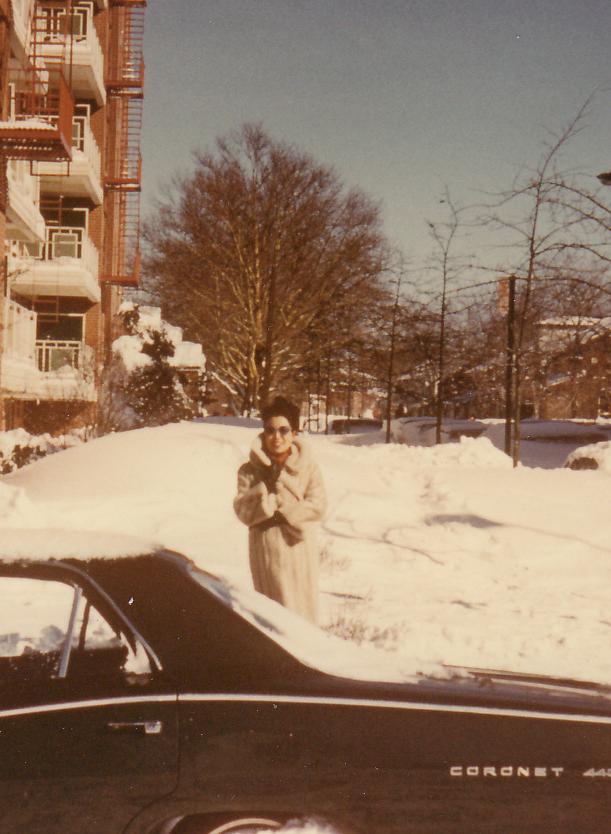


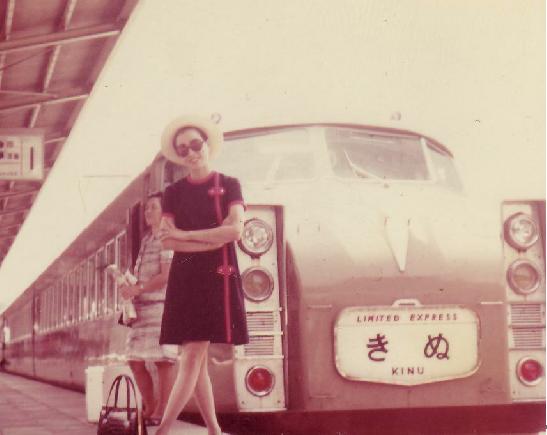

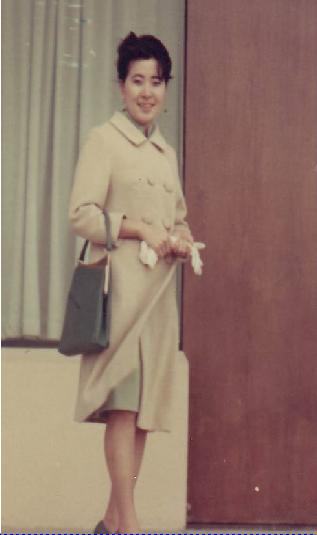



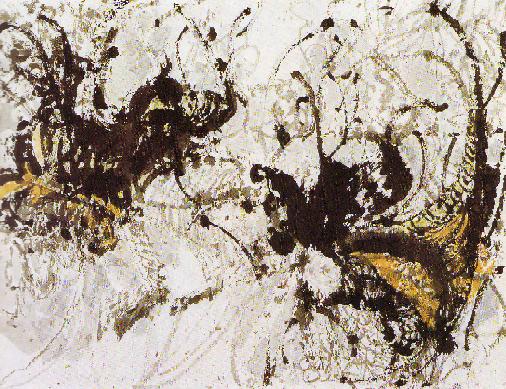
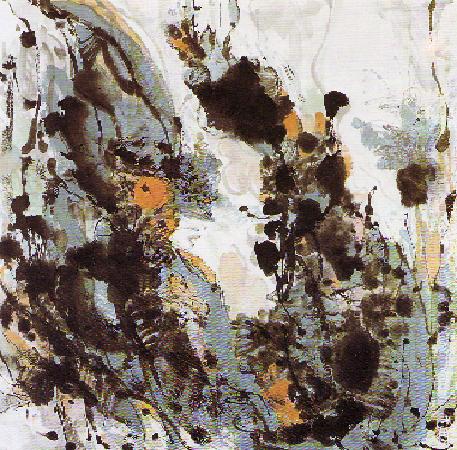
.jpg)
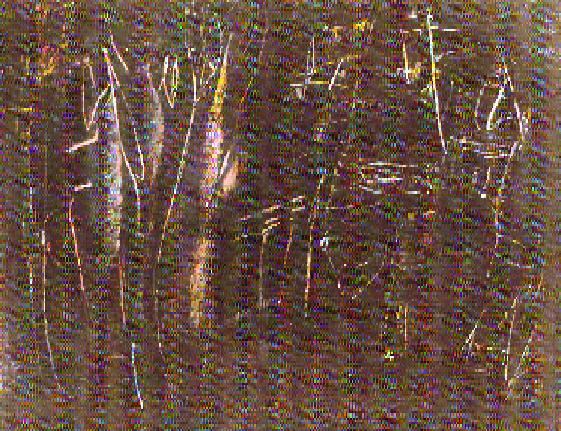
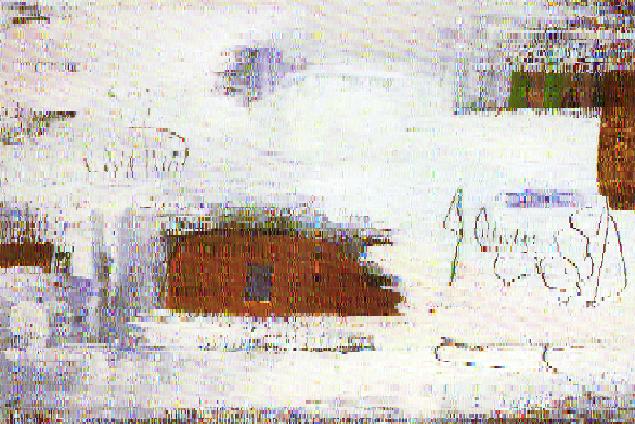

.jpg)

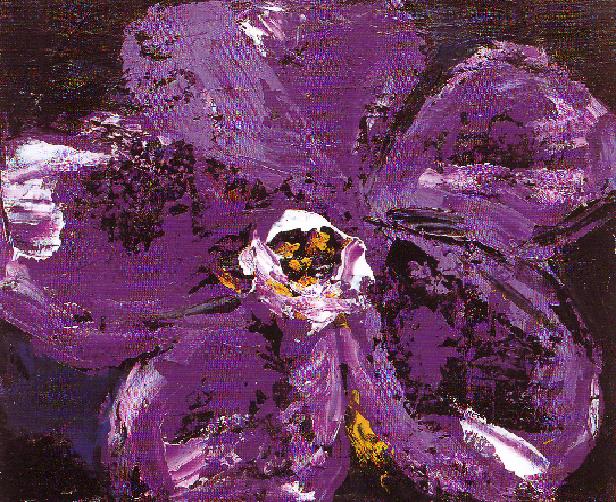















.jpg)
